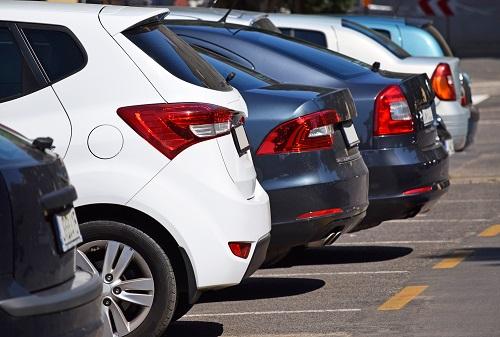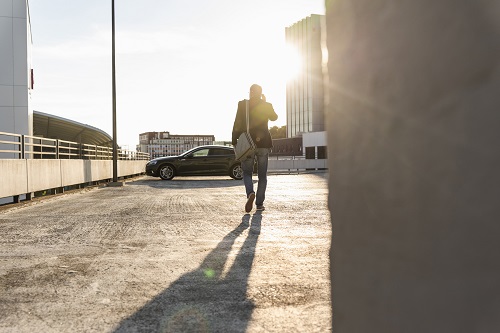

1. Be Prepared for More Drivers
Germ-weary consumers are choosing to drive themselves to events instead of using public transit and ridesharing. Expect higher volumes of vehicle traffic from customers who aren’t used to finding their own parking for these events. Minimize frustration by having personnel on the ground available to answer questions and help with wayfinding. This is especially important for special events that require street closures or detours.
2. Use Digital Tools to Reduce Confusion
The pandemic has accelerated the use of contactless payments, online reservations, and parking apps. Customers expect venues to accommodate their preference for digital interactions, and operators should use that to their advantage. When customers can find and reserve spaces online, they spend less time looking for parking. Wherever possible use mobile apps, email communications, or your website to provide customers with parking instructions so they can be prepared before they arrive at the venue or event.
Many ticket sellers are teaming up with parking aggregators to make parking a part of the ticket-buying process. Customers receive a QR code for their parking credentials along with their ticket for admission to the event, streamlining the parking experience for everyone. Customers get a cashless, hassle-free parking experience. And venue operators can reduce labor hours and the need for having cash on-hand, all while collecting data on how many users are leveraging the contactless feature.
3. Accommodating Ridesharing and Transit Is Still Important
Regardless of usage rates for ridesharing and transit, it’s still important to provide the same level of safety and quality for every customer. Provide adequate signage and personnel to support wayfinding and control ingress and egress in areas designated for ridesharing and public transportation. You may need to adjust these resources over time as commuter patterns evolve. It’s still hard to predict if and when ridesharing and transit will fully return to pre-pandemic levels. Be prepared to monitor utilization so you can adapt operations plans based on changing commuter behaviors.
4. Enhance the Appeal of Onsite Parking
Since many customers are choosing to drive themselves right now, it’s a good opportunity to demonstrate the appeal of parking at your venue and keep those customers coming back. The right mix of amenities and perks, such as frequent parking and preferred parking programs, can make onsite parking more convenient and appealing.
This won’t be a challenge at larger venues built to accommodate higher volumes of traffic. Newer venues, particularly those in urban areas, tend to have limited parking availability. Offering amenities is trickier, and you may want to consider only offering onsite parking for those who reserve spaces ahead of time. This approach makes onsite parking more convenient for customers since they can be guided directly to their designated space or parking zone, and they don’t have to make an onsite payment.
5. Expand Your Parking Footprint with Peripheral Lots and Garages
To overcome the limitations of limited on-site parking, incorporate nearby lots and garages into your parking footprint. Use parking apps to raise customer awareness of peripheral parking options and deter them from venturing into nearby neighborhoods and unauthorized parking lots. If you work with a parking vendor who operates nearby lots, they may be able to handle coordination and create a seamless experience for your customers.
6. Maintain Multiple Operations Plans for Various Scenarios
Keeping vehicles and pedestrians moving safely is always a tricky situation, especially since no two events are alike. For example, a concert may attract 50 percent of the capacity that a sporting event draws. It’s common to close off some lots or streets to consolidate parking in a central area. To accommodate the varying changes that come with each event, create and maintain multiple plans for different scenarios. The plans should include clear instructions for determining which areas are open to customers at certain events and how you will use signage and personnel to direct customers to the right parking options.

Creating an efficient, high-quality parking experience at high-capacity events requires cooperation. Keeping lines of communication open between venue management, parking operators, and local officials is vital to understanding changing commuter behaviors and continually improving your operations. After each event, it’s a good idea to assess where there were traffic flow issues or confusion about where to park.
Using technology, both on the ground and in the back office, makes it possible to gather and analyze data and offer in-demand customer amenities. With the right systems in place, and a knowledgeable team of parking experts at your disposal, you can harness data to create a seamless experience for customers and maximize your parking revenue.

